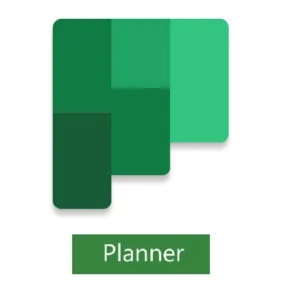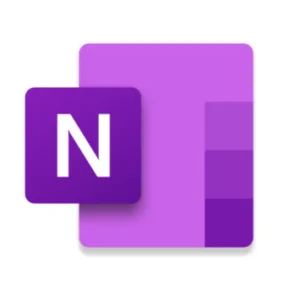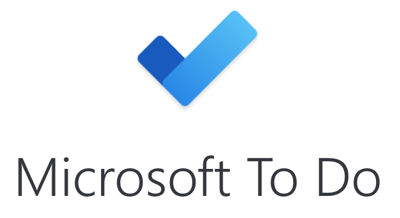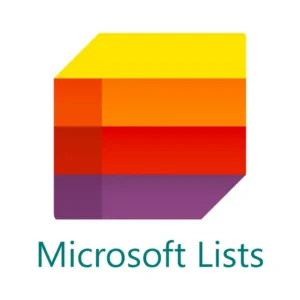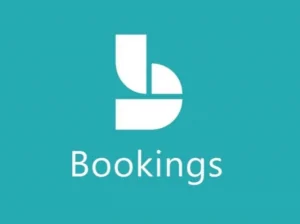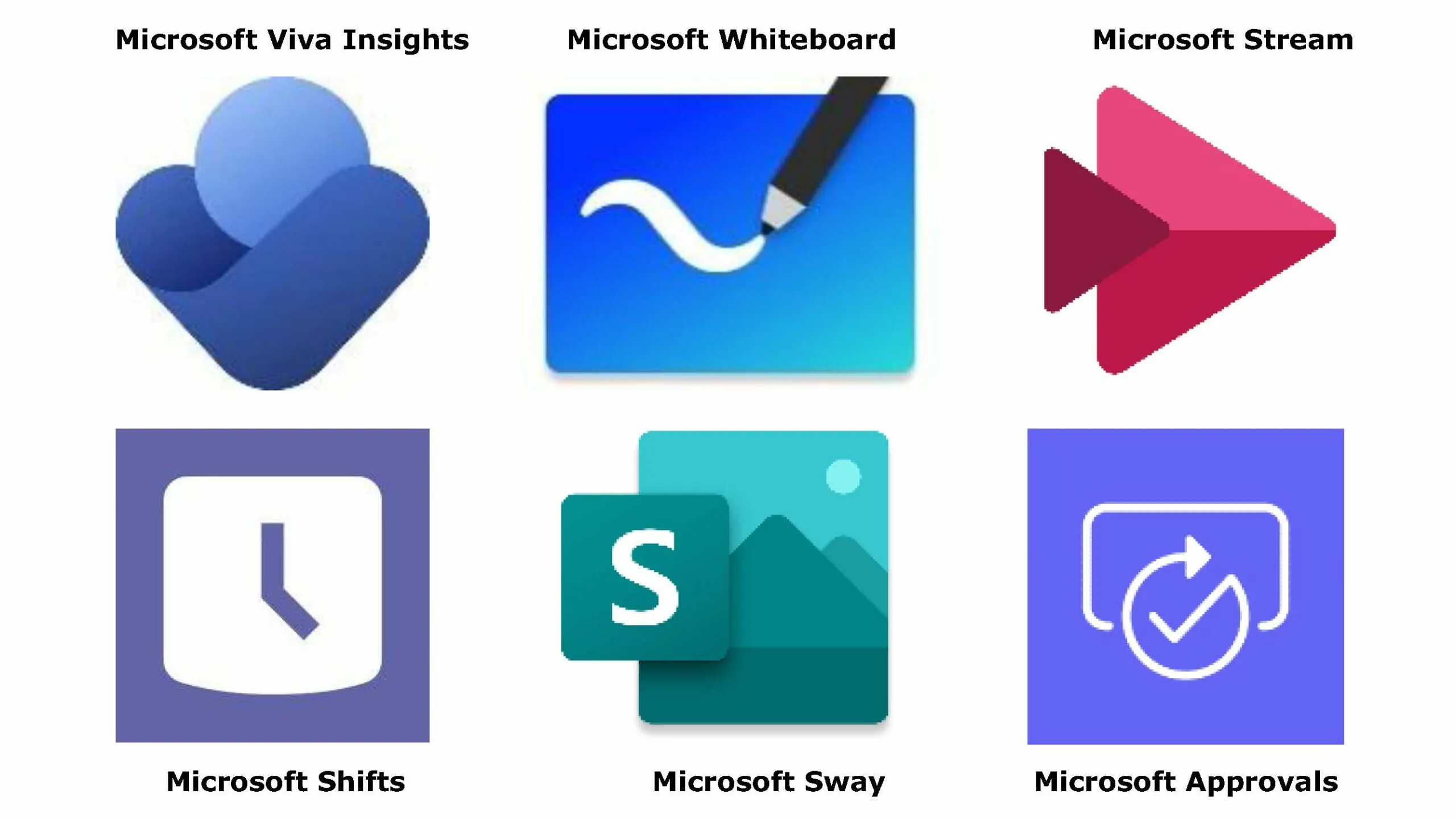A 365 Guide to Microsoft Cloud Productivity
Here at m-hance, we find that on average our customers only use around 20% of the productivity tools that Microsoft provide as part of its Microsoft 365 Licence. In this blog, I will explain some of the more underutilised products and services that you can use to boost your productivity without adding any additional costs or trying to integrate with third-party tools.
Microsoft Planner is Microsoft’s Task and Project management tool. Designed for cross team collaboration and task management it allows you to assign single or multiple tasks to one or more members of the Plan.
You can set due dates and priorities, track progress as well as add attachments and comments for the group to see. One other key element is labelling; you can attach multiple labels to a Task to allow for easier filtering and you can also drop tasks into Buckets that you create.
Planner also comes with its own Charts section, which is more of an overview dashboard allowing a high-level view of outstanding tasks.
Microsoft OneNote is the powerful note taking tool that Microsoft includes with Microsoft 365.
It allows you to take and sync notes around all your devices, meaning you are never without your notebook.
Because its part of Microsoft 365, one of the handiest tools it has is the ability to flag and create tasks on notes that you have taken and set reminders.
You can also use and search predefined or custom tags to be able to find key information quickly and easily. Another time saving tool is the ability to email the page or share the notebook with others, meaning there’s no need to re-type meeting notes or minutes when you need to send them around.
Microsoft To Do is one of the most powerful time management tools I’ve used. It brings together items that you need to action from Outlook, OneNote, Planner and Dynamics – meaning that you have a central location to view what is outstanding as well as what’s coming up, allowing you to manage your deadlines easily and effectively.
It also allows you to create lists and add tasks manually to these and set due and reminder times, as well as having reoccurring tasks – which is handy for those tasks that you complete on a monthly or quarterly basis.
Tasks lists can be overwhelming, but Microsoft has introduced the My Day view. This allows you to pick overdue, current or future tasks, making your workload manageable by allowing you to focus on the tasks that you need to complete without any distractions.
Microsoft Lists is a really useful tool to allow you to move away from paper or Microsoft Excel lists.
These are stored in SharePoint and have a selection of predefined templates for tracking issues, equipment/asset lists and employee onboarding.
Lists are very powerful as you can create custom columns and options, restricting what data people can enter, meaning you get consistency across departments and users.
You can also integrate this with Power Automate to trigger notifications and alerts based on when and if certain fields change to remind people that something is due or there are changes to columns or cells.
Microsoft Lists also allow you to integrate with Microsoft Power Apps to create an app that you can share with users so they can only see or enter specific information. Lists also has one big advantage over Planner which is the ability to create and share reports with Microsoft Power BI.
Microsoft Forms allows you to create an online form that can be shared with anyone who you want to collect a list or data from.
Questions are fully customisable and you can even choose different types of answers you want to get, from standard text fields, a selection of choices but also dates and rankings.
All the data collected can be easily exported to Microsoft Excel allowing you to create or import into Microsoft Lists – meaning the data can be actioned upon once it’s been collected.
Microsoft Bookings is a brilliant app that allows you to book and schedule appointments or services within defined times and allows you to manage custom schedules, such as staff/ equipment availability or opening hours.
You can also allow people to book via the App or you can create a self-service page that you can share externally.
When people go to book, you can request information such as email address or phone numbers and you have the flexibility to make these mandatory or optional fields. You can also create custom questions so you can collect information that might be more relevant to the booking.
All bookings are available to view on a calendar or you can export this into Microsoft Excel allowing you to manipulate or report on the data as you need to.
There are other applications that Microsoft offers that can help transform your business, click on the images below to find out more.
If you would like further information on any of these offers and initiatives, please do not hesitate to get in touch with our team at sayhello@m-hance.com, on 0330 777 1950 or via our websites.
Callum Foster
Business Development Manager – Cloud Services

